Creative Economy study on Mewar’s Gavari tradition by Japanese Researchers
Dr. Sayaka Sakoda, Kyoto University assistant professor of economics and Ryuichi Fukugawa, research fellow at Doshisha University’s Center for the Study of Creative Economies recently concluded a 12-day Udaipur visit to design a research survey on Gavari’s impact on community wellbeing and psycho-social health
Sep 19, 2016, 13:06 IST
Join our WhatsApp Channel for Live Updates
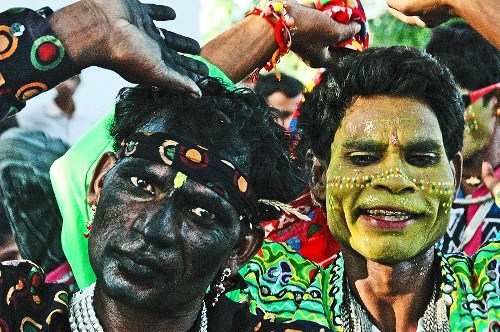
Dr. Sayaka Sakoda, Kyoto University assistant professor of economics and Ryuichi Fukugawa, research fellow at Doshisha University’s Center for the Study of Creative Economies recently concluded a 12-day Udaipur visit to design a research survey on Gavari’s impact on community wellbeing and psycho-social health.
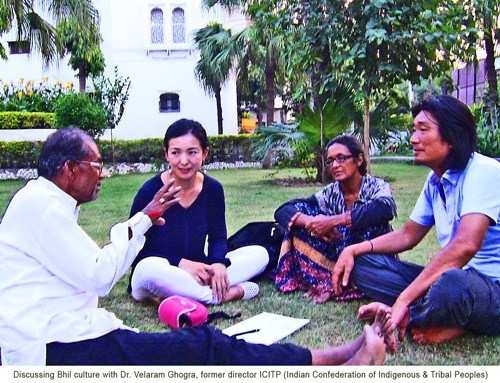
Discussing Bhil Culture with Dr. Velaram Ghogra, former Director ICITP (Indian Confederation of Indigenous and Tribal People)
They witnessed Gavari rites and talked to troupe members from 8 different Bhil communities in Jaisamand, Salumbar, Jadhol, Gogunda and Udaipur’s urban edge.
Dr. Sakoda explained, “There have been many studies in recent years on tribal people’s health, economic and educational circumstances, but no one has yet really examined how their spiritual and cultural traditions affect these aspects or their lives.”
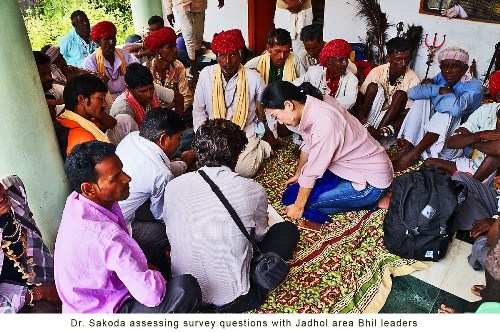 Mr. Fukuhara added, “We’re interested in the still unexplored connections between economics and anthropology. Gavari’s unusual duration, intensity and village-to-village travels may offer valuable insights into these relationships and help open a whole new field of study.
Mr. Fukuhara added, “We’re interested in the still unexplored connections between economics and anthropology. Gavari’s unusual duration, intensity and village-to-village travels may offer valuable insights into these relationships and help open a whole new field of study.
“Dispatching Gavari troupes for 40-days and even hosting their visits cost rural communities dearly. What subjective and objective benefits do they gain from these expenses? These are the kinds of things we’re looking at.”
Beginning this winter, their survey will cover 1000 respondents in Gavari & non-Gavari villages and the results will be reported in the spring of 2017. The Japanese team has been assisted by local tribal researchers from IIMU, IFMR and India’s Anthropological Survey as well as Bhil leaders from the Mewar Adivasi Samiti and ICITP.
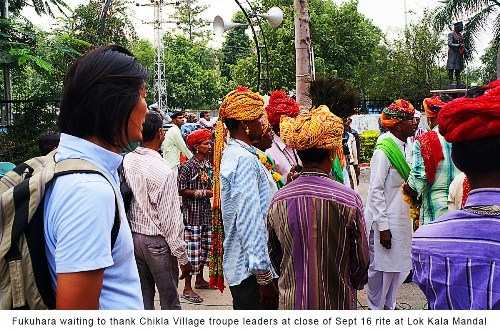 This Gavari research project grew out of the Udaipur/Kyoto Creative Economy Exchange Program launched by Udaipur’s Big Medicine Charitable Trust in 2015. BMCT founder trustee Rita Dixit stated, “We’re truly delighted the Udaipur/Kyoto academic bridge is starting to bring our cultures closer and are especially excited that Japan is taking such a keen interest in the long ignored Gavari tradition. We hope their work prompts more local and global respect for this marvelous indigenous ritual and its messages for the modern world.”
This Gavari research project grew out of the Udaipur/Kyoto Creative Economy Exchange Program launched by Udaipur’s Big Medicine Charitable Trust in 2015. BMCT founder trustee Rita Dixit stated, “We’re truly delighted the Udaipur/Kyoto academic bridge is starting to bring our cultures closer and are especially excited that Japan is taking such a keen interest in the long ignored Gavari tradition. We hope their work prompts more local and global respect for this marvelous indigenous ritual and its messages for the modern world.”
Besides his previous career as a UN Environmental Program officer and his current research work, Mr. Fukuhara is also an exceptional photographer and he contributed scores of stunning Gavari pictures to Udaipur’s new Mewar Gavari Facebook page and www.gavari.info website. Before leaving he noted, “Gavari is a fascinating phenomenon for social scientists, but visually and artistically, it’s also a magnificent gift for everyone everywhere.”
Samples of Mr. Fukuhara’s photography work:
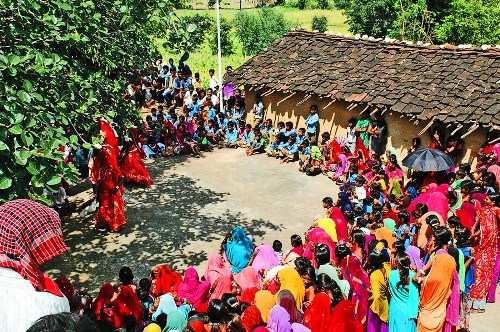
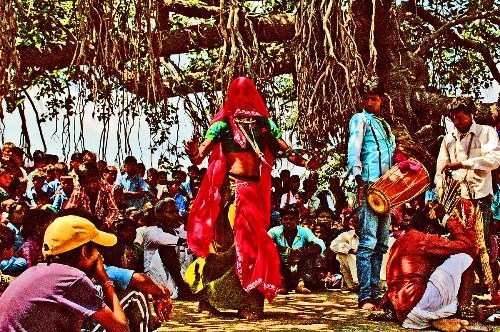
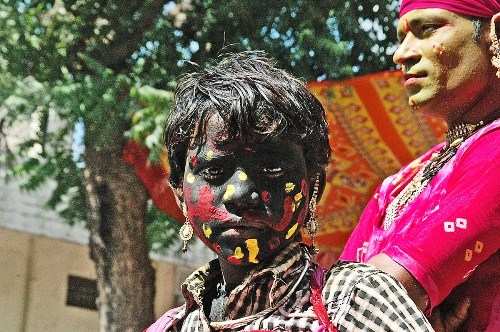
To join us on Facebook Click Here and Subscribe to UdaipurTimes Broadcast channels on GoogleNews | Telegram | Signal





